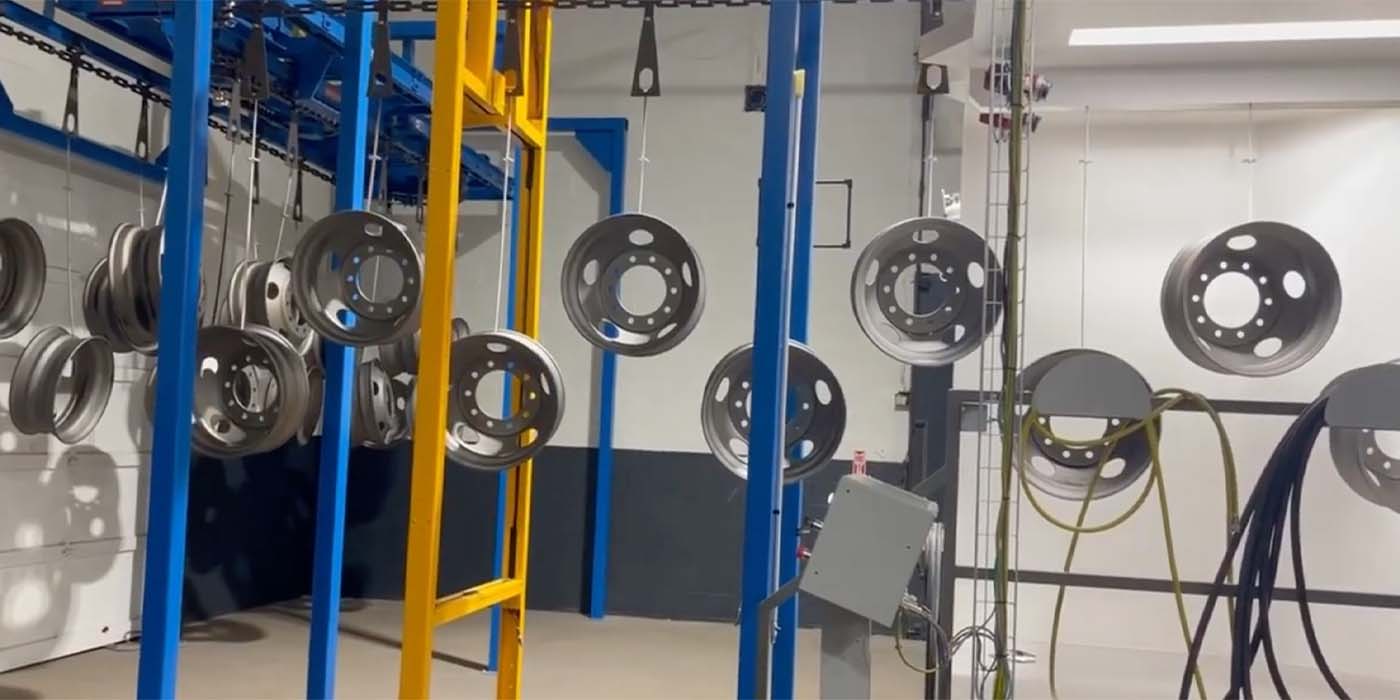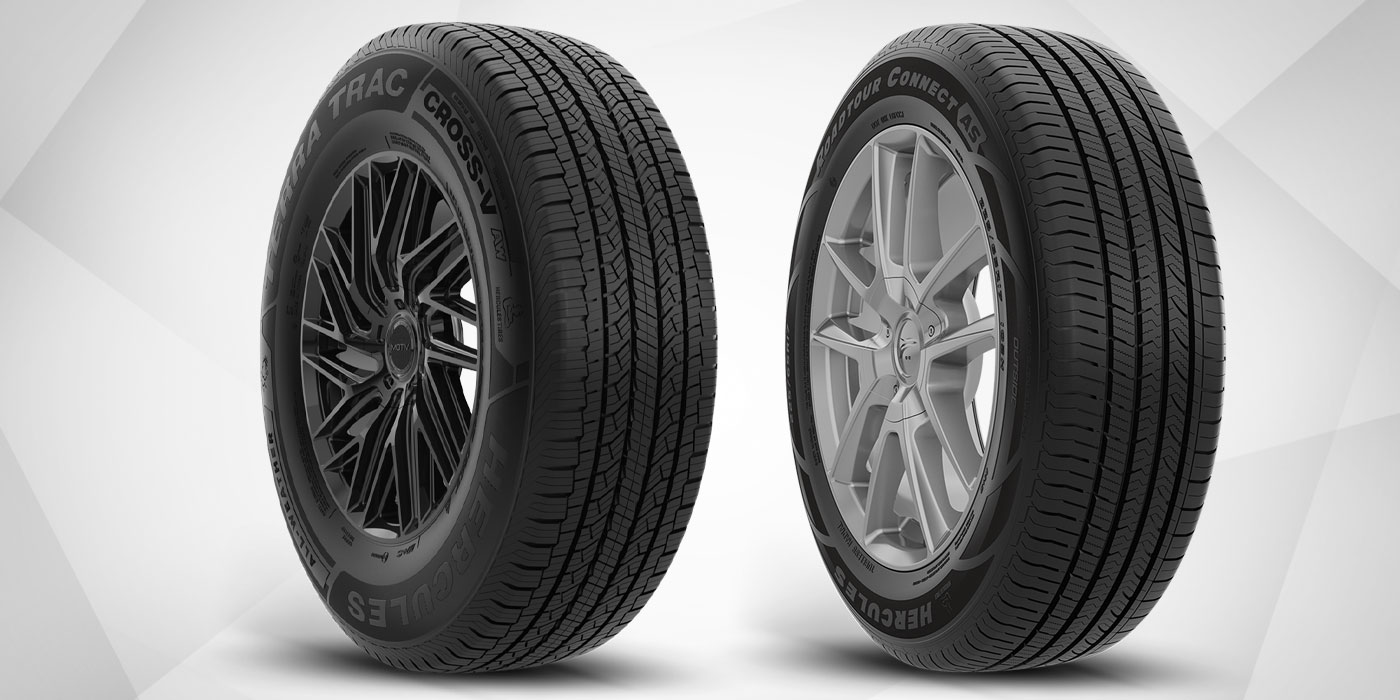Before we saddled up and headed west for the Big Round-up (aka the Global Tire Expo), we left you with word that some dealers and drivers are finding problems with valve stem-style TPMS sensors.
Specifically, corrosion is causing retaining nuts to split, causing sensors to drop into the tire, and creating a potentially catastrophic situation. In other cases, corrosion is attacking the sensors’ innards, rendering them useless.
We told you about Newport, N.Y., tire dealer Joe Fiacco, who had called me about OE TPMS valve sensor problems he had seen. Joe has since called me back to tell me about further problems encountered.
In any event, we asked for your input and comments…and boy did we get some! Following are those comments:
Jim,
Regarding corrosion, we rarely see it on the hex nuts except on Nissan and Infiniti vehicles that were subject to recall for hex nuts splitting, but that was an issue with the bar stock and the plating process. Corrosion normally occurs where the valve stem walk thickness is the thinnest around the valve cap and valve core region. Metal caps and brass or not properly nickel-plated cores are usually the culprits. We have seen more corrosion on Chrysler/Dodge/Jeep vehicles than others.
The best way to prevent corrosion from causing air loss or a damaged sensor? Replace the service kit each time a tire is replaced. Some tire dealers are still ignoring the components when installing a new tire for fear that they may damage the sensor. In fact, they are doing more damage by ignoring it and leaving a worn out seal and partially corroded components on the valve stem that can later fail and cause air loss or result in a complete sensor replacement.
For the same reason a standard rubber valve stem is replaced when new tires are installed, the service components must be replaced to keep the valve stem sealing in the rim and prevent corrosion from damaging the stem.
Brian Rigney, President,Dill Air Controls
Jim,
Though I have not seen nuts splitting, I have seen corrosion from the inside in which we are advising our customers to refill with nitrogen. Also, GM has replaced the older sensors with a new rubber valve stem and new sensor, which also reduces the cost of replacing the whole sensor because the Stem is now serviceable by itself.
RGorder
Jim,
I wanted to give my two cents on this problem.
I have three cars of my own that have the TPMS sensors on them. I check the air still and keep my cars clean. Two cars are two years old and the other one is older.
Because of TPMS my wife’s car has saved three tires already, saving me $200 each time because the tire does not get run flat. The reason is because we find the nail before the tire gets too low on air.
I do see a problem with sensors on Chrysler cars to be more than other brands, but the root of the problem is when the car gets service for tires, there is a service kit to change the gasket, nut, and valve core with a new cap. Every time that car gets service the TPMS sensor should be checked and changed before a broken nut happens.
To the next point, customer doesn’t want to pay to get that done because they believe it is bolt-in part and will only fail when the battery dies. Or the dealership or tire shops are not equipped to do this type of work, so they don’t tell the customer about it and then you have a failed part. Who do you think the customer will blame? 99% is the manufacturer, but the problem is the customer doesn’t know better and blames everyone but themself.
People need to know about what the car has and what it does. Half the customers that I have seen do not even know what the TPMS light is for. They come in and say, “I need a little air.” You ask them if the light on, they say “Yes.” Next, we say “You need to check the tire out to see why it’s getting low, it’s losing air from somewhere.” 80% say, “No, just put air in it.”
Probably half of those people who had sensors break off had that light on and never checked it. Owners of cars need to be told to look at their owner’s manual and they need to setup and take care of their car. If not, the government is going to put safety features in to prevent accidents and save lives. Most people are lazy and like to put blame on others, but that’s another topic.
Omar Padilla, Manager, Waukegan Tire
Jim,
We have also seen this problem quite often.
Tom Madill, Clevehill Tire, Buffalo, N.Y.
Jim,
What I have seen, and believe the cause to be, is electrolysis. The valve stem is aluminum and the valve cap looks like steel. The cap is eating the valve stem.
Weegee
Jim,
Great point …test before you touch…inspect the sensors closely, check them with an activation tool – and TALK the customer through the process. Sensor wear items like the seals or grommets should be replaced each time the tire is removed from the wheel.
Scot Holloway, Bartec USA
Jim,
I have noticed in the past that over tightening of the nut can cause premature failure as well as weathering. Now that being said, I was in Arizona doing tire installs and still ran into corrosion issues. I personally think it is not escapable as far as climate goes. Also note that the pot aluminum that car companies use is inferior…cheaply made.
Malificus68
Jim,
Here in Colorado, where they use mag chloride, we see lots of bad TPMS valves that have been corroded, almost dissolved and they break off when removing the valve cap. If checking the air every month would actually improve the quality of the metal used in these valves, I could see the argument. Just checking the air will not fix the root of the problem: the inferior metal being used.
Mike Connely
Jim,
Great idea, bad design. The problem is the aluminum valve itself. Aluminum is not able to deal with the weather in most of the country. Typical weathering along with mag chloride and salt can destroy the stems within one season in some cases. GM was the first one to introduce the rubber snap-in valve stem TPMS and has been a great success. The rest of the manufacturers should have followed suit. Schrader now even offers programmable replacement sensors with the rubber stem.
Anthony Dessecker, Dunn Tire
Jim,
Our software TPMS Manager tracks failure data of TPMS sensors. Our customers (tire dealers) report why they are replacing sensors from a drop down reason list. This tracking data was primarily used to forecast battery failure, but we also see other reasons as well, such as valve failure. We partner with the Tire Industry Association on our product, and I think we may have some valuable data in this regard.
Joe Donehue, President, Tiremetrix
Alright, then, so how many more of you have seen issues like this with TPMS sensors…and what would you suggest to fix the problem? Respond here or write me at [email protected].















